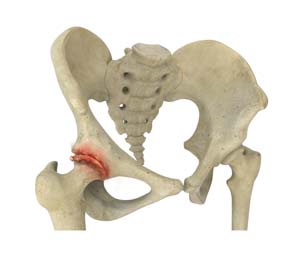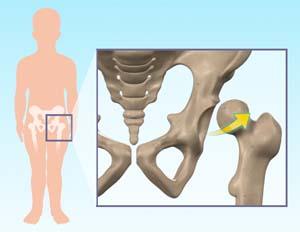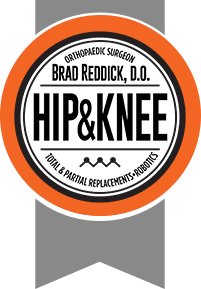Hip Conditions
- Hip Bursitis

Hip bursitis is a painful condition caused by the inflammation of a bursa in the hip. Bursae are fluid-filled sacs present in the joints between bone and soft tissue to reduce friction and provide cushioning during movement.
Know More Launch Movie - Hip Dislocation

Hip dislocation can be caused by injuries from motor vehicle accidents or severe falls.
Know More - Hip Fracture

A hip fracture is a break that occurs near the hip in the upper part of the femur or thighbone. The thighbone has two bony processes on the upper...
Know More - Hip Injury

Diagnosis of a hip injury often begins with a history and a physical examination. Your doctor may ask you questions related to your general health and any history of accidents or injuries.
Know More - Osteoarthritis of the Hip

Osteoarthritis, also called degenerative joint disease, is the most common form of arthritis. It occurs most often in the elderly.
Know More - Femoroacetabular Impingement

Femoroacetabular impingement (FAI) is a condition characterized by excessive friction in the hip joint from the presence of bony irregularities. These cause pain and decreased range of hip motion.
Know More Launch Movie - Avascular Necrosis

Avascular necrosis, also called osteonecrosis, is a condition in which bone death occurs because of inadequate blood supply to it. Lack of blood flow may occur when there is a fracture in the bone or a joint dislocation that may damage nearby blood vessels. Hip joint is most commonly affected; however, the knee and shoulder may also be involved.
Know More - Developmental Dysplasia of the Hip

Developmental dysplasia of the hip (DDH) or hip dysplasia is a condition that is seen in infants and young children because of developmental problems in the hip joint. The femur (thighbone) partially or completely slips out of the hip socket leading to dislocation at the hip joint. It is most common in the first-born baby with a family history of the disorder.
Know More





